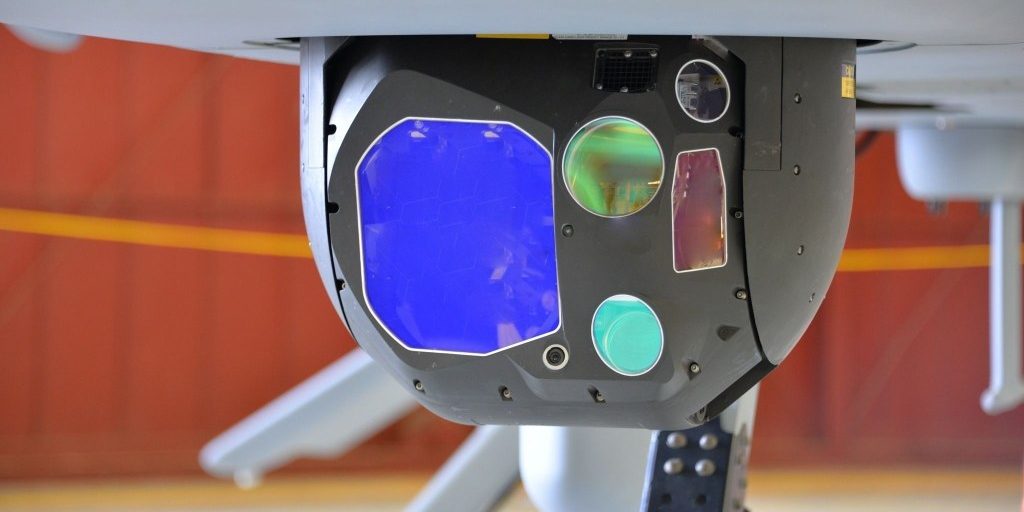Every combatant command has its own set of challenges that soldiers need to overcome and adapt to. In the Operation Inherent Resolve (OIR) theater in the U.S. Central Command, one of these challenges is extreme heat.
Two years ago, soldiers identified a need to provide cooling to the unit’s Common Sensor Payloads (CSPs) that were being exposed to extremely high temperatures while sitting on the tarmac before missions. This would cause the sensor to overheat and shut off, or in some cases, cause more significant electronic equipment failure, requiring the unit to return the turret to the depot for repair.
The CSP is the electro-optical/infrared/laser range designator (EO/IR/LRD) sensor for battlefield commanders onboard the MQ-1C Gray Eagle uncrewed aircraft system. It provides real-time imagery for detection and classification of targets and threats for battlefield commanders with day and night imaging sensors, laser designation, pointing, target marking, and spot tracking for aerial intelligence.
“In just six days from initially being notified of the issue, Project Director Sensors – Aerial Intelligence [PD SAI] engineers were able to develop a prototype turret cooling shroud and get three shipped out to the unit,” said Doug Haskin, Product Manager Aerial Enhanced Radars, Optics, and Sensors (PdM AEROS), under PD SAI.


